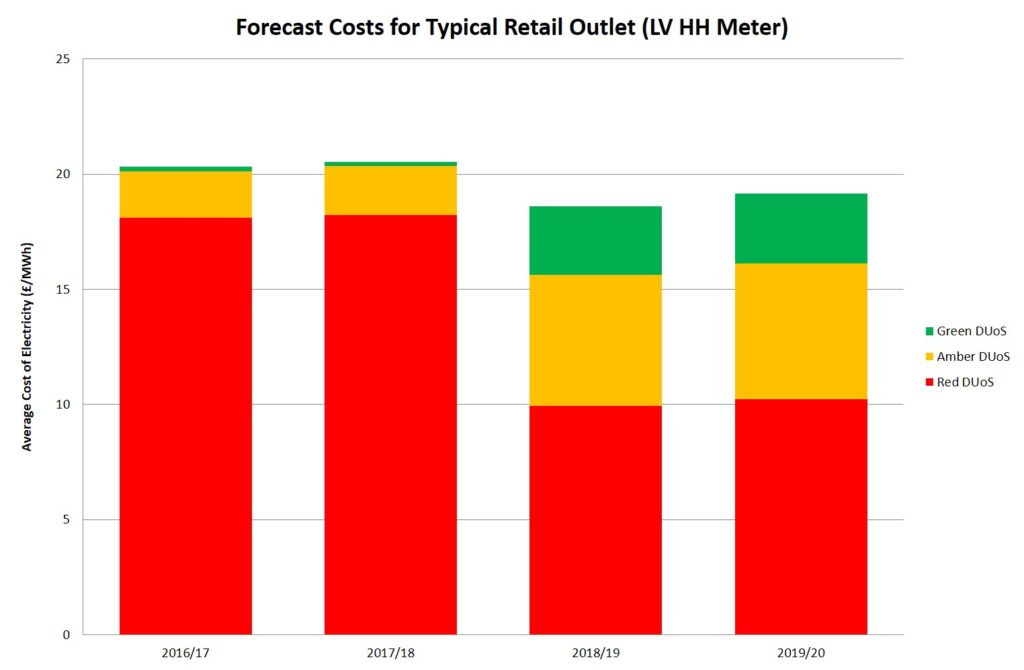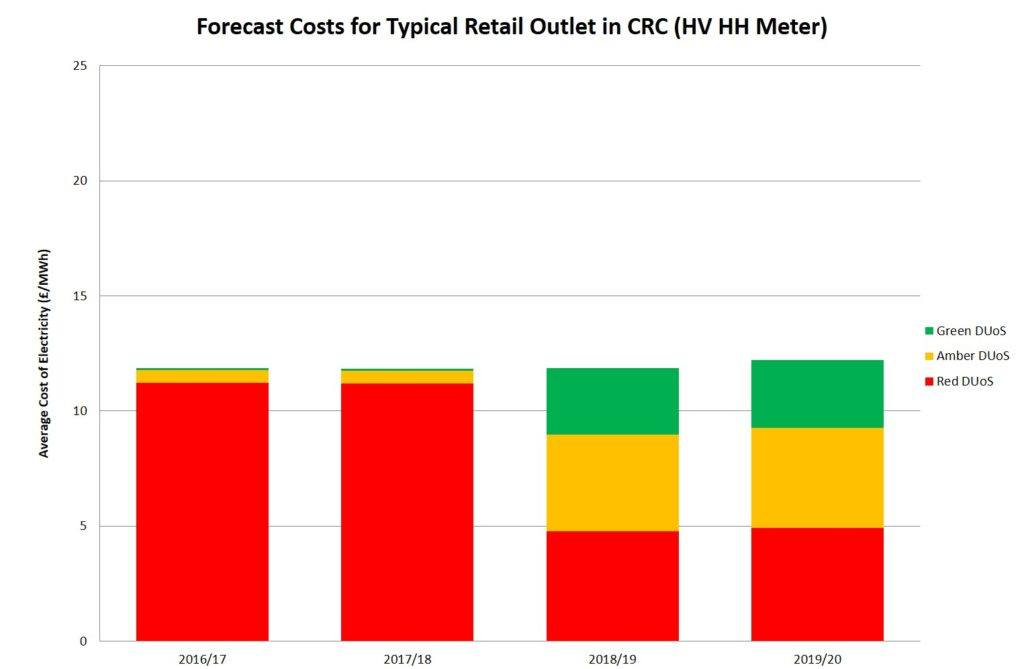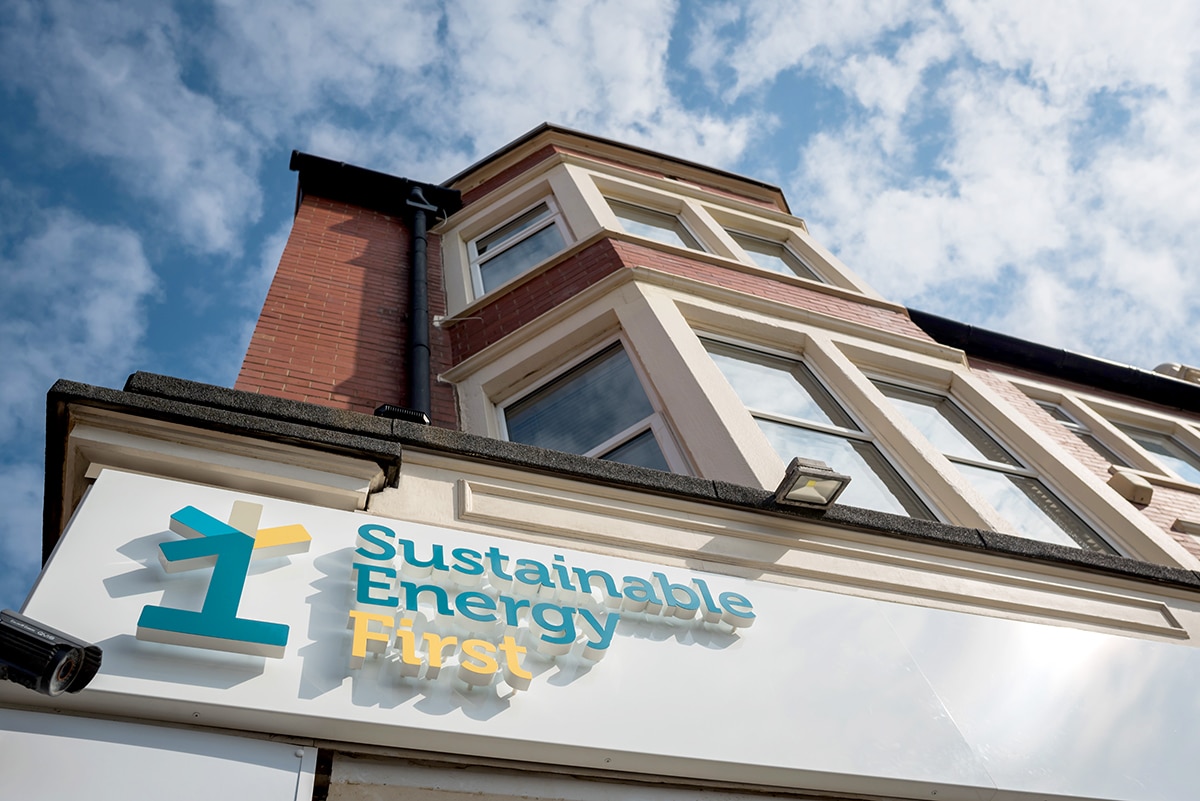16th Nov 2017
What are DUoS charges?
DUoS is part of your overall electricity bill and includes both a fixed charge (mainly based on your contracted connection capacity) and a variable charge that applies to every kWh of consumption. DUoS covers the cost of installing and maintaining local electricity distribution networks, which transport electricity from the National Grid to your business.
For consumers with half-hourly meters, who are connected to the grid at a voltage below 22kV, DUoS charges fall into either Red, Amber or Green bands, depending on time of use. You’ll incur the highest Red band charges if you use electricity during peak demand periods, whereas electricity consumed during Green and Amber is currently charged at significantly lower rates.
For non-half-hourly meters, DUoS is charged at a constant rate for all consumption and for businesses connected at voltages greater than 22kV, a more bespoke charging methodology is used.
The scale and time-bandings of DUoS charges vary significantly by region, but for the majority of regions, Red charges are applied to electricity used between 16:00-19:00, Monday to Friday, when the electricity system is under the most demand. This is the most expensive period for DUoS. Therefore, if you use less electricity during this time, you will pay lower DUoS charges.
What is changing?
DUoS charges are set to change with the implementation of DCP228 in April 2018, which will flatten out the charging structure. This will make the pricing difference between the bands less significant, so Red band charges will be much lower (typically around half current levels), while Amber and, in particular, Green tariffs will rise significantly.
The changes brought about by DCP228 will impact your business’ energy bills and may give you cause to re-examine the times at which you use energy.
What does this mean for your business?
All businesses will be affected by DCP228, apart from the UK’s larger electricity connectors whose charges are governed by the EDCM (Extra High Voltage Distribution Charging Methodology) regulations.
While businesses that use a lot of electricity during peak times, particularly those with low voltage connections, may see a slight reduction in costs, many larger businesses will see their bills rise as a result of DCP228.
An example of how DUoS charges changes will affect businesses is shown in the below graphs. These are based on typical businesses located in the midlands and will vary from region to region.
Good News for LV Retailers and properties

Neutral for HV Retailers and properties

Bad news for manufacturing & HV baseload

DCP161
April 2018 will also see the introduction of DCP161, which is being established to ensure that businesses on half-hourly meters face penalty charges when they exceed their assigned capacity.
If you exceed your capacity allowance, you will be handed an Excess Capacity penalty of up to three times higher than the standard rate. This is to enable DNOs to recover additional costs they’re exposed to when customers exceed their capacity.
Businesses that have recently moved from non-half-hourly to half-hourly meters should check their agreed capacity level in order to avoid unexpected penalties.
How can you manage these changes?
By changing the times at which you consume electricity to avoid expensive peak periods, or getting involved with demand response schemes, you can cut the amount of DUoS you will pay.
Optimising your available capacity level is another common way of cost reduction, alongside checking your DUoS charges against published rates in order to identify overpayment.
And don’t forget energy efficiency – less consumption is the best way to protect your business against rising electricity costs!
To understand the impact of DCP228 or DCP161 on your business and to discuss opportunities to minimise peak usage costs, talk to one our experts today. Call us on 08451 46 36 26 or email enquiries@inenco.com





